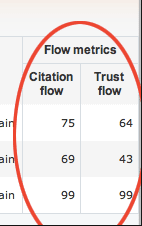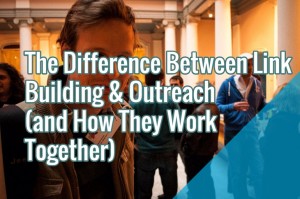With the AI train coming down the track fast, consultancies and analysts in the martech space need to consider and adjust the services they are offering.
In the last article we looked at who would win and who would lose in the enterprise and vendor community in 2024 with AI on the horizon. In this article we’ll look at the martech consulting organizations that serve the enterprise technology user community and the research and advisory firms that serve both enterprise technology users and vendors.
Consulting organizations
There are a wide variety of consultancies specializing in delivering marketing and sales technology-related services, from small agencies with a narrow technology focus to large generalized firms. Services range on a continuum from the full design, implementation and management of clients’ technology stacks to isolated, finite, very specific projects.
In servicing enterprise needs, consultancies typically assemble a dedicated team to serve each client with each member of the team contributing their expertise when and where needed. As projects grow larger, and services to the client expand over time, information about each client’s technology stack becomes increasingly fragmented. It’s not unusual to see various members of the client team maintaining and managing information about pieces of the technology stack but without an overall view of the stack and its underlying data architecture.
For consultants to continue to be relevant and add value the model needs to evolve. First, client teams must focus on documenting a holistic view of each client’s technology environment and architecture. Without this guiding map it will be impossible to implement AI-enabled applications that utilize the data the client has to deliver new customer insights and deep personalization and enhanced customer journey experiences.
Second, the pace of technology innovation and the size of the technology landscape makes it impossible for a siloed client team to have the breadth and depth of technology expertise a client will need. To date, consultants have managed this issue by creating a list of preferred vendors they recommend to clients. This worked to this point because the core of the tech stack was relatively stable, but that’s all about to change as new platform vendors emerge in virtually every category and tech stacks as a whole evolve to take advantage of the capabilities AI enables.
A more fluid model is required, where responsibility for technology expertise is fully distributed across the entire organization and client teams can reach out and pull in specific expertise when and where needed. To do this, client teams must have a way to identify and reach out across the organization to obtain additional expertise when needed.
Third, as technology stacks expand and increase in complexity and as more elements integrate with one another, project timelines are going to increase. Eliminating silos and allowing for the sharing of information and learnings from client projects (without disclosing client confidential information) is a logical way to introduce efficiency into the system. Imagine being assigned to integrate four complex products and how beneficial it would be to see how it was done in three other client environments.
Consultants able to leverage the depth of expertise across their entire organization and tap into the learnings from hundreds of client projects will become a powerful partner to their enterprise clients. Those not structured to facilitate this are likely going to be left behind as the pace of innovation and technology complexity increases.

Dig deeper: Martech in 2024 Part I
Research and advisory firms (the analysts)
Some of the martech colleagues I respect the most are analysts working at research and advisory firms.
Individually, they bring deep knowledge of key martech categories, excel at identifying key trends, and do a great job of making sense of complex issues. The framework and business model they work under is another story. It hasn’t changed in years (if ever) and is not evolving with the reality of the market environment. Enterprise organizations subscribe to research and advisory services with the expectation of obtaining strategic advice and benefitting from the publication of the reports research analysts produce. Vendors subscribe in the hopes of being favorably portrayed within a research report.
There are problems with this model.
For Enterprise subscribers:
- Analysts are laser-focused; they cover one to three categories and that’s it. This is only useful if each category stands independently of the others and this is no longer the case. Technology products are increasingly interconnected and with the introduction of AI that will only accelerate. How can an analyst properly assess and report on a product without understanding the nuances of where it fits in the context of the other products that surround it?
- Analysts and consultants within these organizations don’t have a complete picture of their enterprise subscribers’ technology stacks, so standalone products aside, they don’t have enough information to make meaningful product recommendations.
- Reports take months to research and write and when published are in essence a “look back” and not a look forward.
For vendor subscribers:
- Though there is a perception that an analyst endorsement is a “pay for play” exercise, the truth is analysts don’t have the bandwidth to cover every player in a category and tend to focus on the vendors they know the best and interact with most frequently. In addition, the metrics they use to assess vendors favor established, entrenched players with significant revenues.
Increasingly, there is a mismatch between what these firms can deliver and what their subscribers need. This is only going to be magnified as we navigate the seismic shift in technology that AI is going to create. The winners here will be those firms that take a step back and rethink what services they deliver and how they deliver them.

AI is like nothing we’ve seen before and will impact not only technology environments but organizational structure, business models and service offering. Enterprise, vendor, consulting and research and advisory firms need to use this year to evaluate their position, processes and business models to ensure they are well positioned to leverage this period of technology innovation for long-term success.
Who do you think will win or lose?
The post MarTech in 2024 Part II: Who will be the winners and losers in the consulting and research and advisory worlds? appeared first on MarTech.
(2)
Report Post






